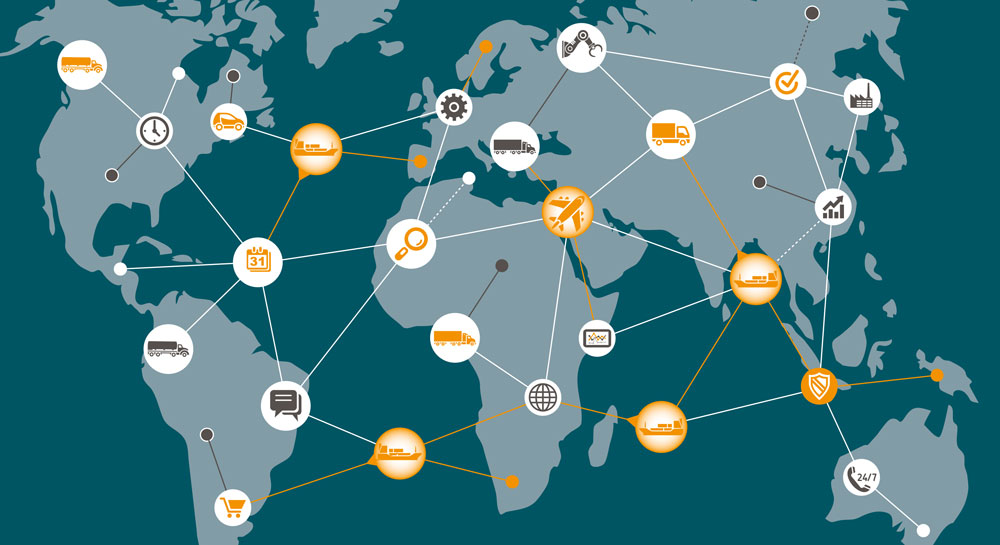Salzburg Research answered important questions for an international logistics service provider before purchasing new software for handling global air and sea freight.With the help of a complex test, real servers were loaded with any number of virtual clients and accesses.This made it possible to realistically simulate and measure how the software copes with the expected load and what effects the application has on the network infrastructure.
Challenge
An international logistics service provider is investing in new software for handling global air and sea freight. However, it is unclear whether the shortlisted software will cope with the expected load and what effects the new application will have on the network infrastructure. Over a thousand users in thirty different countries around the world will work with the software and, for the most part, access it at the same time.
Solution
Salzburg Research answered these questions for the logistics service provider with the help of a sophisticated process for orchestrating complex tests. In an emulation, the real servers were loaded with a dynamically scalable number of virtual clients and accesses. The virtual clients were distributed across several countries according to the client’s specifications. Both the application and the network infrastructure were subjected to a realistic stress test and weak points were identified before the software was used. At the same time, the interaction times were measured and compared with the client’s default values and visualized.
The basis for the solution was the MINER test software, which has been continuously developed by various research initiatives, with the focus in this case on the emulation of up to 2000 virtual clients.
Benefit
The client was able to objectively assess the software offered during the procurement process. The problems discovered in the stress test before use were tried by the manufacturer to improve. The networks used were suitable for the application, but the software could not meet the requirements even in its final status.
Depending on the application, this software would have meant a loss of efficiency of 10-20%. As a manufacturer-independent testing institute, we were able to save the company from a bad investment of several million euros and 10% of the staff could thus be used for new markets.
The test orchestration tool has also been used in various other applications, including evaluating an application for coordinating and synchronizing software agents distributed around the world or for assessing broadband availability in an area.
Mehr erfahren:





















